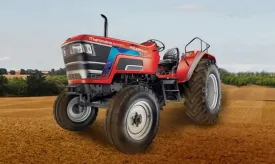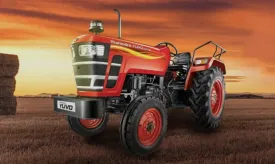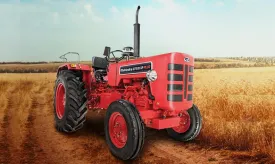How tractor implements help small farmers increase crop yields in Uttar Pradesh
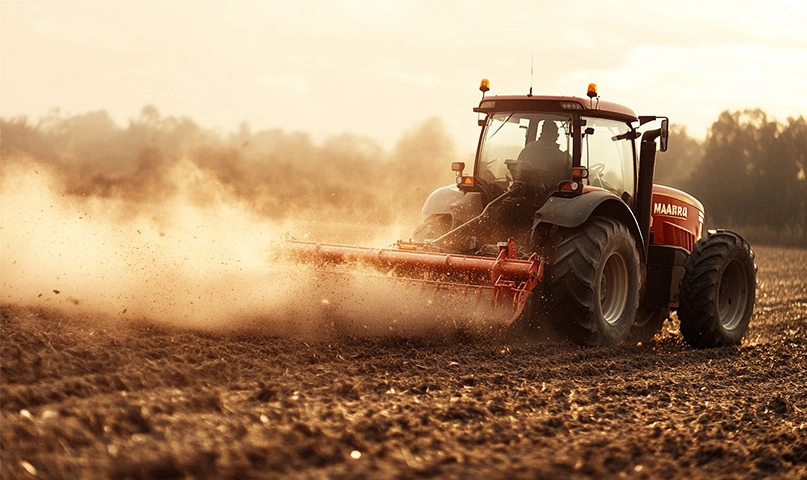
Agriculture remains the backbone of India's economy, and nowhere is this more evident than in Uttar Pradesh. With a vast rural population and fertile land, the state plays a crucial role in feeding the nation. Yet, despite its agricultural potential, many small farmers in Uttar Pradesh continue to face significant challenges in improving their crop yields. Limited land holdings, outdated techniques, and lack of access to modern machinery often stand in their way.
However, a quiet revolution is underway. The growing use of tractor implements—specialized attachments and tools used with tractors—is changing the landscape of farming in rural Uttar Pradesh. These implements are empowering small farmers, helping them boost productivity, save time, and reduce manual labor. Let's explore how this transformation is taking shape.
The problem faced by small farmers in Uttar Pradesh
Small and marginal farmers dominate the agricultural scene in Uttar Pradesh. According to the Agriculture Census, over 85% of the state's farmers own less than two hectares of land. These small farmers often struggle to compete with larger landowners due to a lack of access to resources, credit, and technology.
Traditional farming methods, such as manual ploughing or hand sowing, are not only labor-intensive but also time-consuming and inefficient. As a result, small farmers frequently face delays in critical agricultural operations like land preparation, sowing, and harvesting. These delays can have a direct impact on the crop yield, leading to lower income and food insecurity.
Tractor implements: A powerful ally for small farmers
Tractor implements are devices that can be attached to tractors to perform various agricultural tasks such as tilling, sowing, spraying, and harvesting. For small farmers, the adoption of these implements can bring about several benefits:
1. Faster and more efficient land preparation
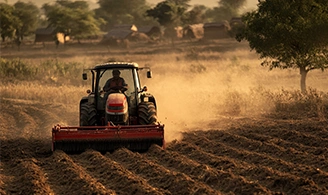
Traditionally, ploughing a small plot of land could take several days using bullocks or manual labor. With implements like rotavators and disc ploughs, farmers can now prepare their fields in a matter of hours. These implements ensure the soil is well-tilled and ready for sowing, which is crucial for healthy crop growth.
Impact on crop yield: Better-prepared soil allows for improved seed germination and root development, leading to higher yields.
2. Precision in sowing and fertilizing
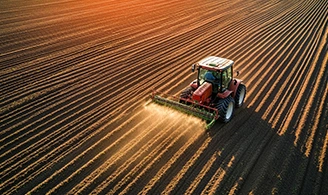
Implements like seed drills and fertilizer spreaders provide uniform seed placement and accurate application of nutrients. This ensures that each plant receives the right amount of space and nourishment to grow optimally.
Impact on crop yield: Uniform planting improves plant density and reduces competition for nutrients, resulting in better growth and higher productivity.
3. Improved irrigation and pest control
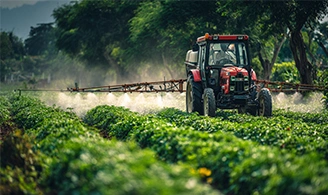
Implements such as sprayers and irrigation attachments allow small farmers to apply water, pesticides, and fertilizers evenly across their fields. Efficient application helps reduce wastage and improves plant health.
Impact on crop yield: Better pest and disease control protects crops from damage, while efficient irrigation ensures consistent moisture, both contributing to increased yield.
4. Timely and efficient harvesting
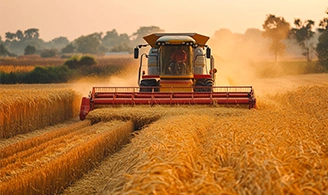
One of the biggest challenges for small farmers is harvesting on time. Labor shortages during peak harvest season can lead to significant crop losses. Implements like reapers and mini-combine harvesters can help small farmers harvest their crops quickly and efficiently.
Impact on crop yield: Timely harvesting reduces post-harvest losses and ensures crops reach the market in better condition, fetching better prices.
5. Reduced dependence on labour
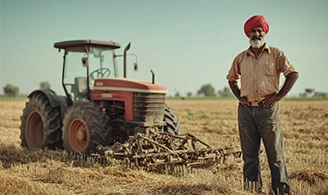
Labor costs have risen in recent years, and finding reliable workers during peak agricultural seasons can be difficult. Tractor implements reduce the dependency on manual labor, allowing small farmers to carry out essential farming tasks on their own.
Impact on crop yield: Timely operations without labor delays ensure optimal crop growth and productivity.
Making tractor implements accessible to small farmers
One of the biggest barriers to the adoption of tractor implements is cost. While large farms can afford to buy their own equipment, small farmers often cannot. To address this, the government of Uttar Pradesh and various NGOs have introduced several initiatives:
- Custom Hiring Centers (CHCs): These centers rent out tractor implements to small and marginal farmers at affordable rates.
- Subsidy programs: Under schemes like the Sub-Mission on Agricultural Mechanization (SMAM), farmers receive financial assistance to buy or lease implements.
- Farmer Producer Organizations (FPOs): These groups pool resources and share implements among member farmers, reducing individual investment burdens.
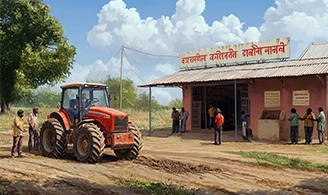
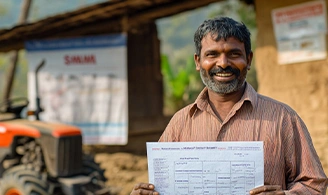
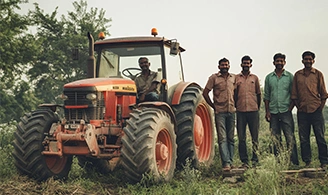
Thanks to these efforts, more small farmers are gaining access to modern equipment and reaping the benefits of mechanized farming.
The Road Ahead
While progress has been made, there's still much to do. Continued awareness campaigns, training programs, and infrastructure development are essential to ensure that tractor implements reach every corner of rural Uttar Pradesh. Mechanization should not be seen as a luxury, but as a necessity to improve crop yield and enhance the livelihoods of small farmers.
Conclusion
For small farmers in Uttar Pradesh, the adoption of tractor implements is a game-changing opportunity. These tools enable faster, more precise, and more efficient farming practices—helping increase crop yields, reduce costs, and improve income. With the right support and access, mechanization can empower small farmers to overcome traditional barriers and unlock the full potential of their land.
In a state where agriculture is both heritage and hope, tractor implements are not just machines—they're instruments of rural transformation.












